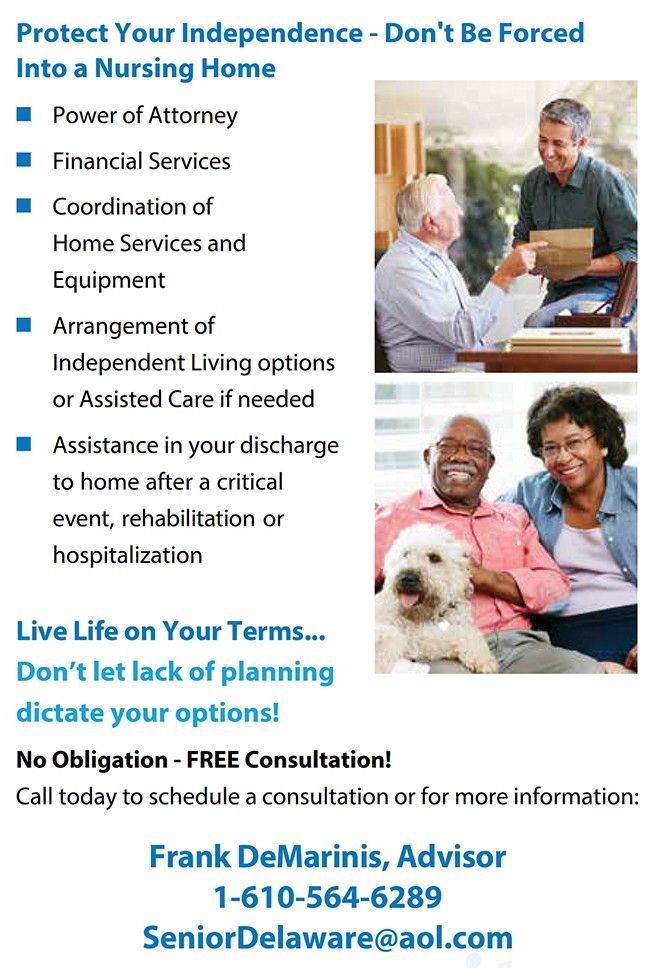What Does Aging-In-Place Mean?
 By Frank Demarinis
By Frank Demarinis
Most of us think we know what aging-in-place means: staying put in the home we raised our children in as we age. I often hear from clients, “the only way I’ll leave this house is feet first.” But it turns out, aging-in-place hasn’t always meant this. There is no single official definition, and not all experts even use what we might think is its straightforward meaning.
The term looks obvious: a simple google or textbook definition would indicate “The ability to live in one’s own home and community safely, independently, and comfortably, regardless of age, income, or ability level.” But it’s not that simple.
If you think about it, this definition of “aging-in-place” doesn’t really make much sense: what defines being in your “own home” vs. some other living arrangement? If you move to an apartment or a retirement community or an assisted living facility, is your unit still your “own home”? And why does the definition state that “aging-in-place” is about living “safely, independently, and comfortably”? Don’t plenty of people “age-in-place,” that is, live in their longtime homes by themselves, without safety, independence, or comfort, when they are homebound and dependent on others?
The AARP conducted a number of surveys in which a definition of aging-in-place is implied, if not directly stated: to stay in one’s current home forever, or for as long as possible. 76% of those aged 50 and older and 86% of those 65 or older wanted to stay in their own home. Government agencies, nonprofits, and adults planning for future aging should all direct their efforts towards making this possible and providing more support for in-place agers.
“Aging-in-place” shouldn’t be used to describe a housing decision but the process. In current academic journals, “aging-in-place” expansively is re-defined. “Aging-in-place is used to refer to individuals growing old in their own homes, but lately the idea has broadened to remaining in the current community and living in the residence of one’s choice. Meeting the desire and ability of people, through the provision of appropriate services and assistance, to remain living relatively independently in the community in his or her current home or an appropriate level of housing. Aging-in-place is designed to prevent or delay more traumatic moves to a dependent facility, such as a nursing home.”
As aging-in-place is taking a broader scope to include assisted living facilities, which we identify as “a type of supportive senior housing,” there is policy advocacy for individual states to regulate or de-regulate accordingly. These facilities are actually classified by the US federal government as a type of nursing home, or, at any rate, they have the same “long-term care facility” classification that meant that they had the same Covid lockdowns for their residents every bit as much as for actual nursing homes. Government officials need to figure out the best sort of policies or programs to help the elderly as they begin to have physical or cognitive impairments.
So where does that leave us?
Individual counseling and assistance is helpful to decide whether a move is in your best interest. Many households may need some encouragement and support to make a move, particularly those mentally or physically frail. For those households, maintaining safety wherever they define “home” includes many facets which a Certified Senior Advisor could help navigate: ADA Accommodations in the residence, home care, tapping into State Benefits for additional assistance if needed, downsizing, documenting emergency plans and legal assignment of a healthcare proxy in case of emergency, sound investments, and contingency plans for a dependent spouse when applicable. Consult with a Senior Advisor to know your options. Call us for a free consultation, Frank Demarinis at 800-564-0173.
1-800-564-0173


